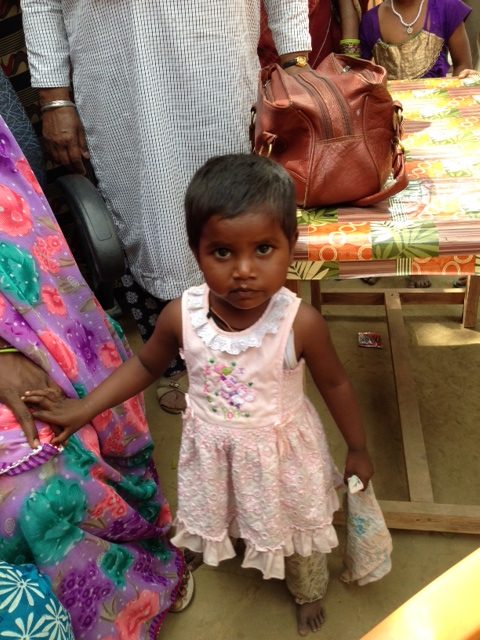
Many parents may worry about how to talk to their children about the corona epidemic. I would advise following the guidelines for any important conversation with your children. (1) The first is to be truthful. (2) The second is to be brief. (3) The third is to use language your child can understand.
- Truth is critical. We know that trust in a leader—in this case the parent– is an essential ingredient in managing fear. Trust is undermined when the information given by the parent is ambiguous, contradictory, or frankly untruthful.
- Brevity is important for several reasons. The first is that effective communication is organized into salient “bullets” that then can be elaborated. If the listener is a very young child or even an older child who is stressed it will be harder to take in complicated information and make sense of it. Comprehension is facilitated when the most important ideas are emphasized in brief communications with pauses in between. These pauses allow the child to process the information and to ask questions of their own. When answering the questions it is important to follow the same guidelines and avoid giving overly long and complex explanations.
- It is also essential to choose words that children can understand, language that is comprehensible to the child’s developmental age. It is also preferable to avoid technical words (unless speaking to an older child) and especially alarming words. For example, with younger children you might talk about people “getting sick”– rather than using terms such as “epidemic” or “disease”–while emphasizing the fact that children are less likely to be affected.
In addition to these three guidelines, I want to emphasize the importance of parents managing their own anxiety. Most parents will attempt to hide their worries from their children. It is good to avoid burdening children with parents’ anxiety. However, video observation research demonstrates that we communicate emotion through facial expression, out of our awareness, in time intervals of seconds and split seconds. In other words, it is unrealistic to think that we can hide our emotions from our children. A more effective and practical alternative is for parents to focus on managing their own emotions, much like the airlines’ admonition to put on your own oxygen mask before helping your child put on theirs.
Everyone does better with exercise and adequate sleep. In addition, I would suggest that parents use whatever method they find useful to calm themselves. Some people manage anxiety by reading everything they can get their hands on about the subject. Others do better by avoiding reading anything. Some people comfort themselves by staying busy, others by taking a break. Some find that reading novels, cleaning, baking, or cooking is relaxing.
Finally, emphasizing matter of fact routine behaviors is grounding. The CDC recommends hand washing, coughing into your elbow, keeping surfaces clean, and maintaining social distancing. These behaviors, which can be incorporated into family life, can be observed in a non-alarmist way. At the school where I consult, hand washing and “catching your cough” are part of the normal school day, and children observe these behaviors as a matter of custom. Children can also work alongside parents to keep household surfaces clean. I would not recommend social distancing within the family unless one family member is actually infected, because in unusual times such as these children are likely to need more physical comfort than ever.
I would also like to direct parents to a beautiful book put out by the WHO for children about COVID.
I am including this helpful daily schedule from NESCA (Neuropsychology & Education Services for Children & Adolescents) for parents whose children are staying home from school.

More good advice for parents wanting to homeschool during the school shut down comes from Zen and the Art of Early Childhood Education blog and FB page by Richard Cohen is not to focus on academic work: “It’s going to be stressful. … Arguing with your kids to do work is not what anyone needs right now. Instead, cuddle up together and read, read, read…. Do a puzzle. Build a fort. Bake. Watch TV together.”
Here are some other ideas:

I want to thank Alayne Stieglitz for her help in finding these wonderful sources of information.









